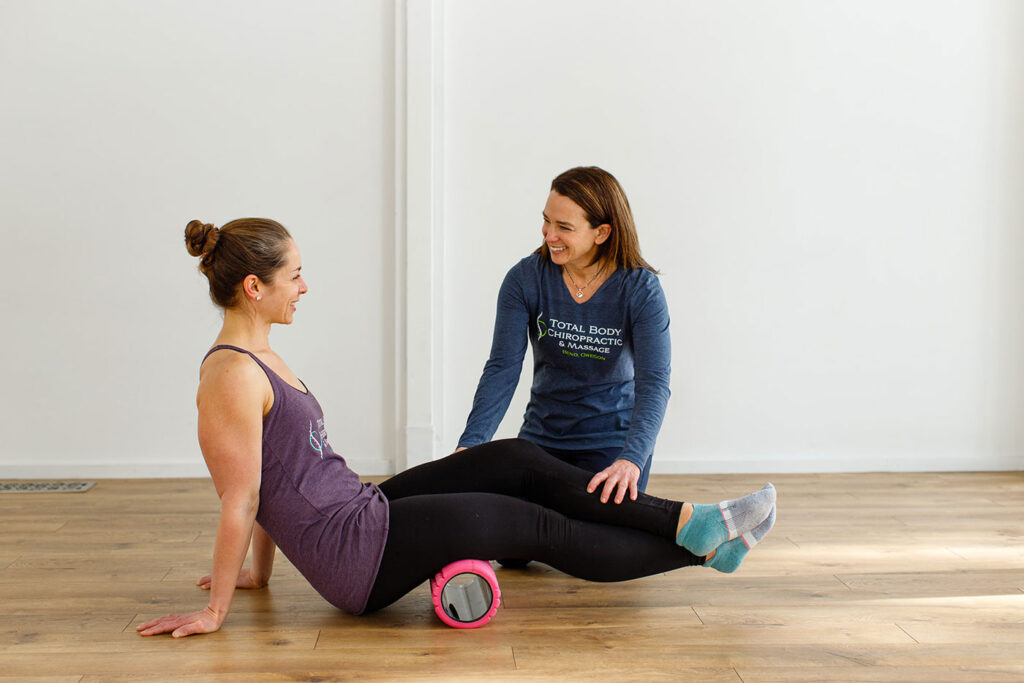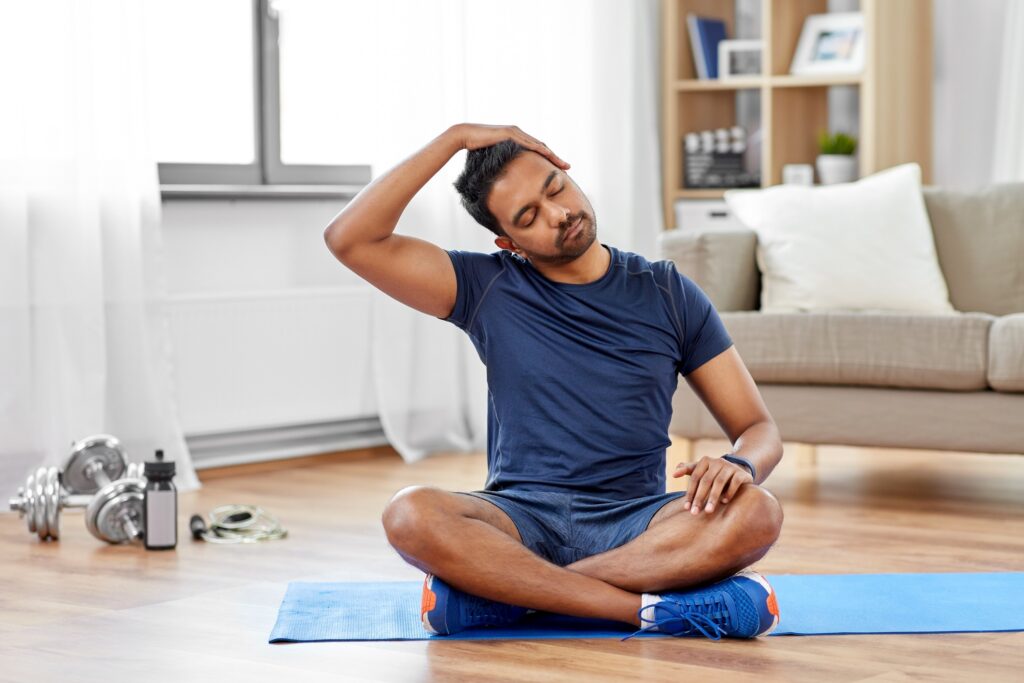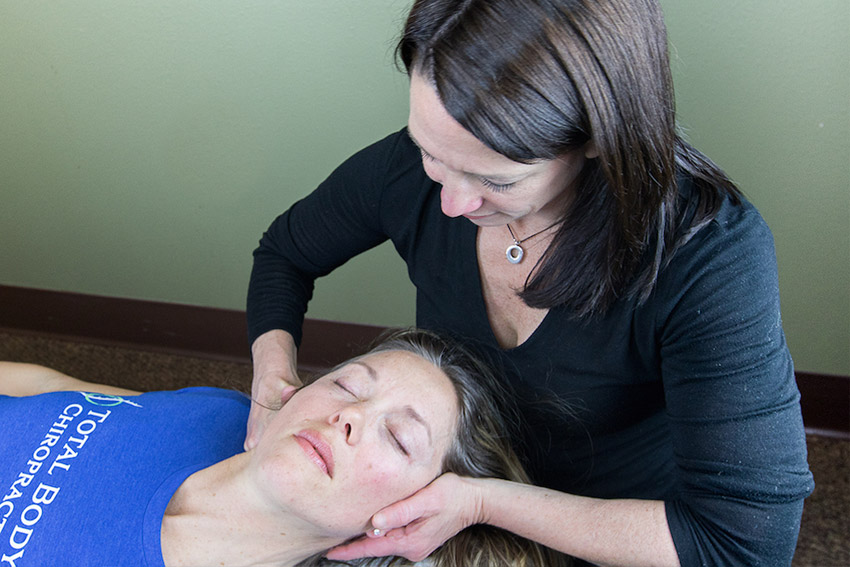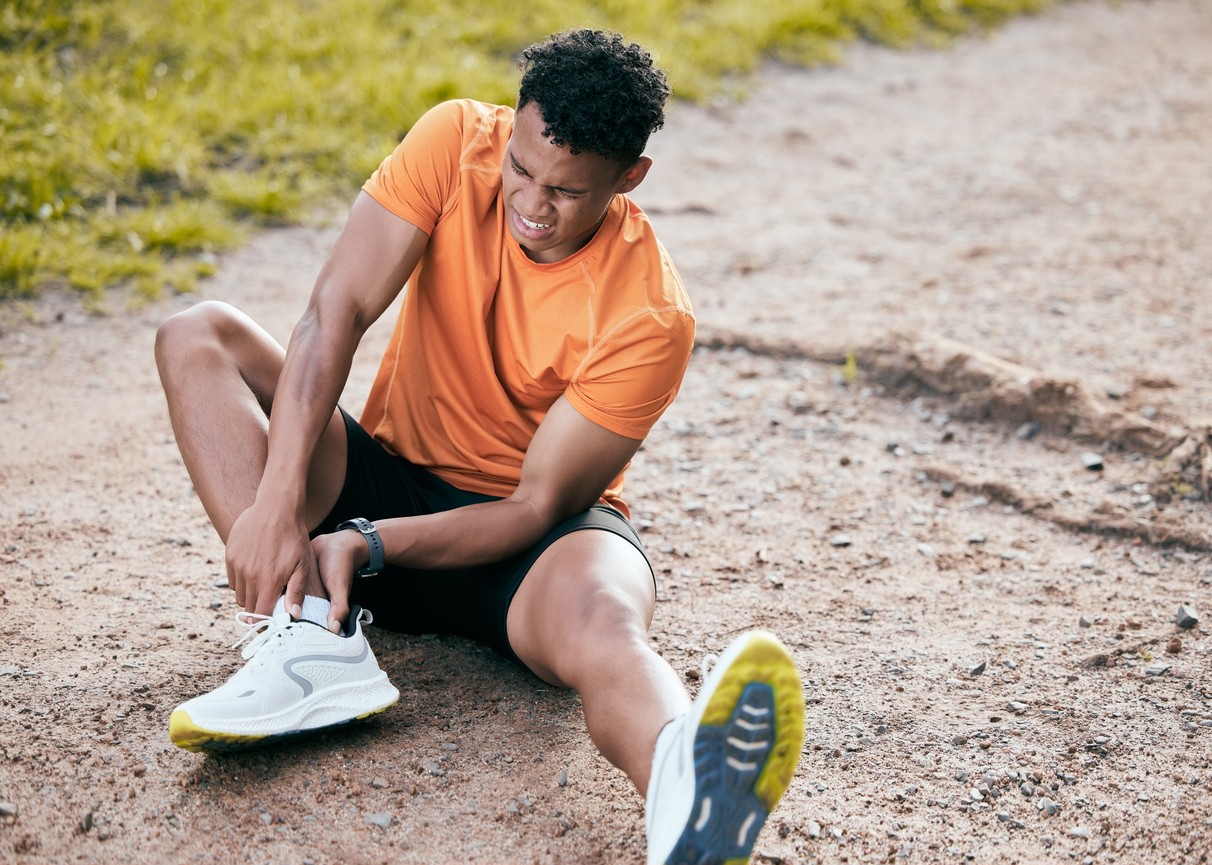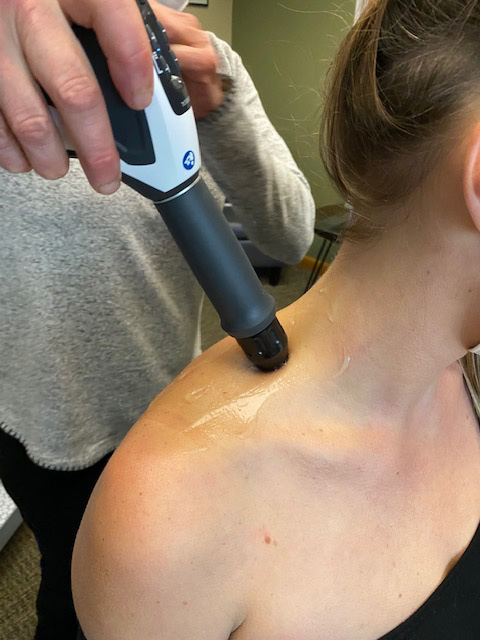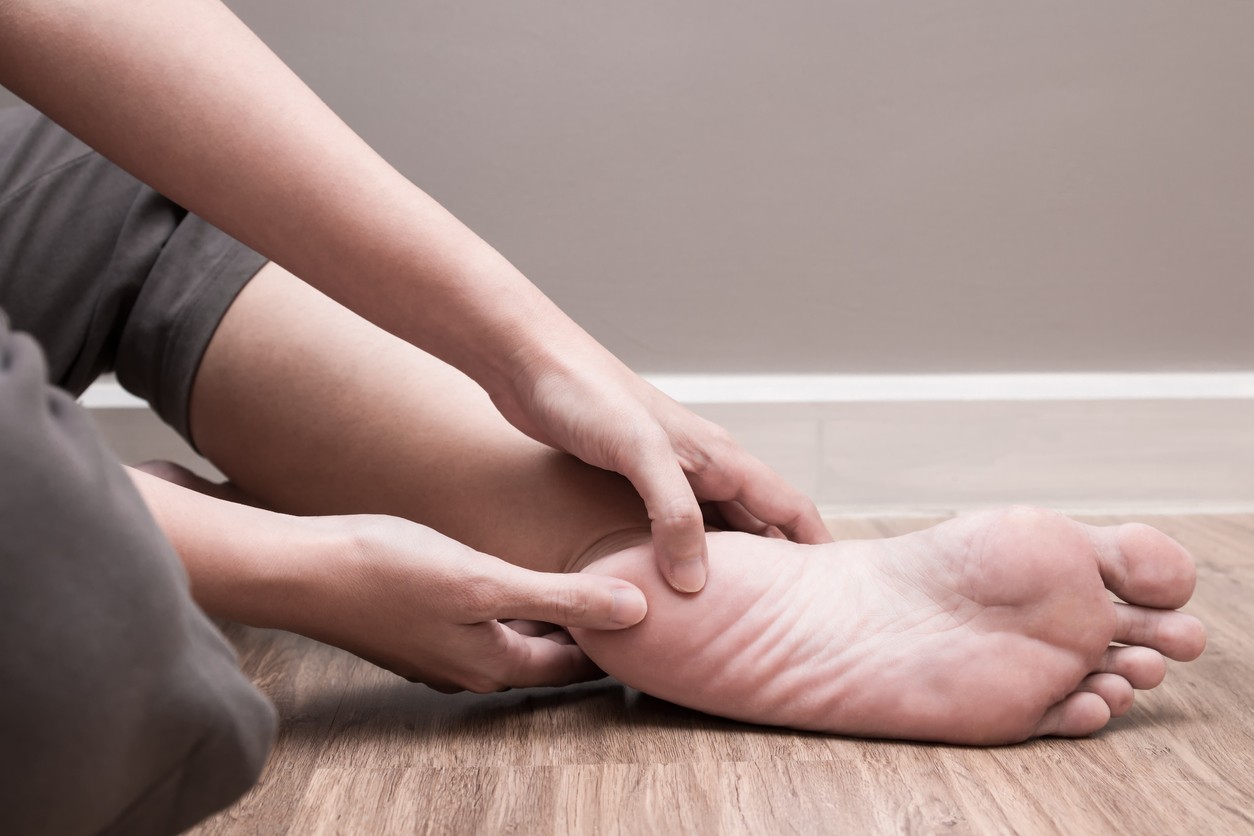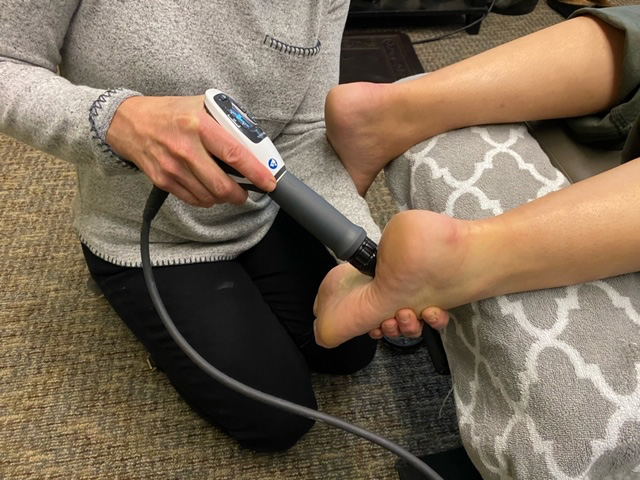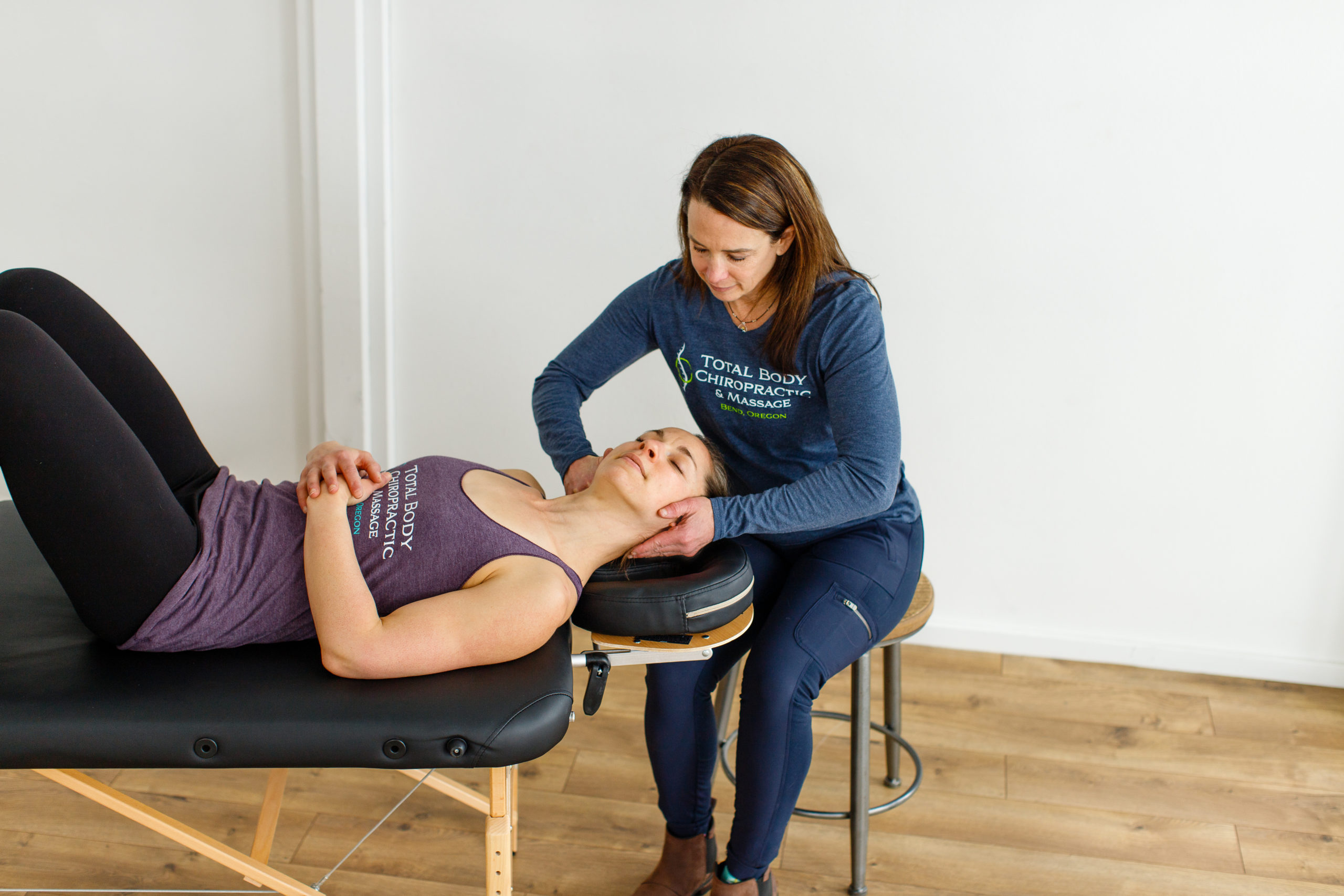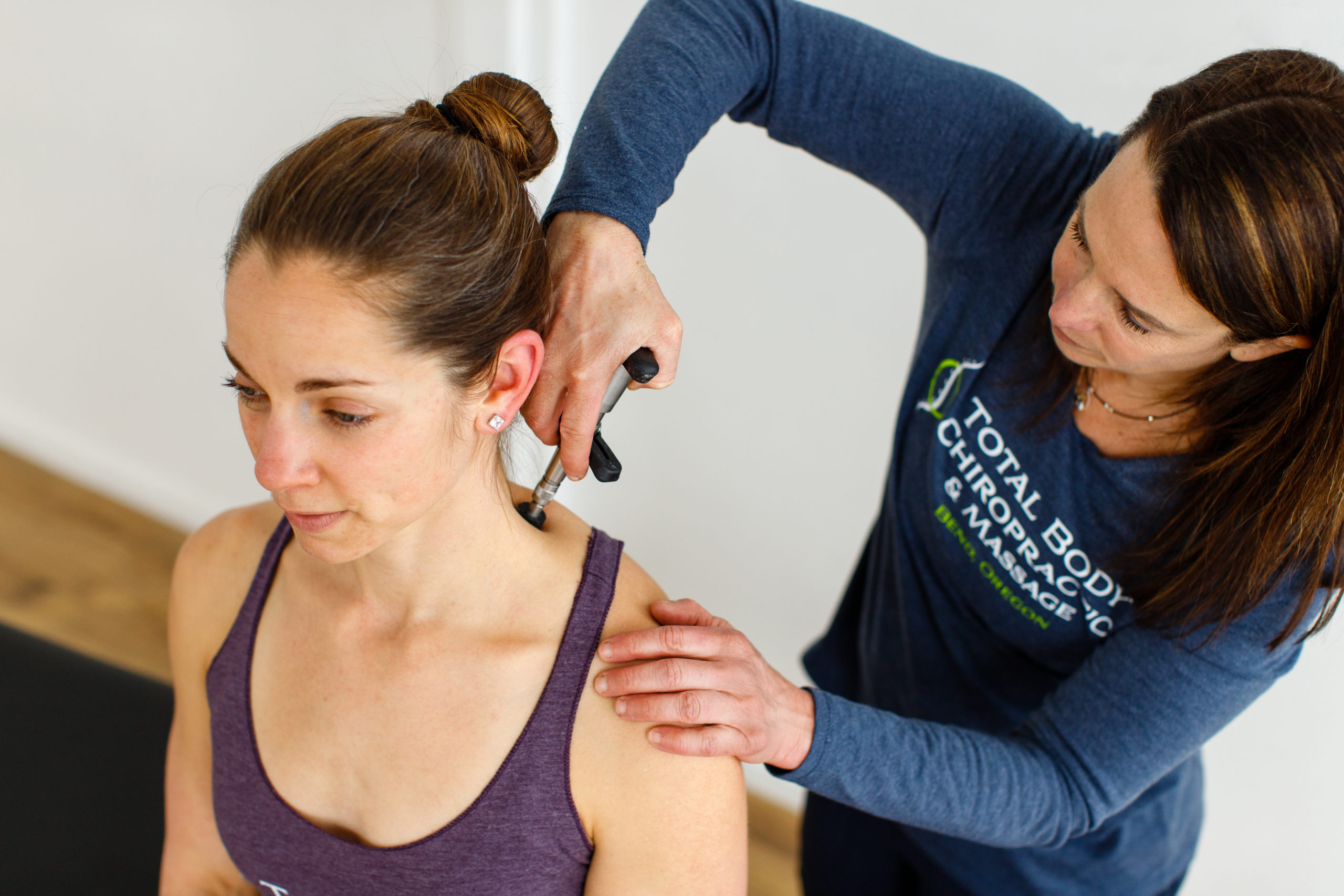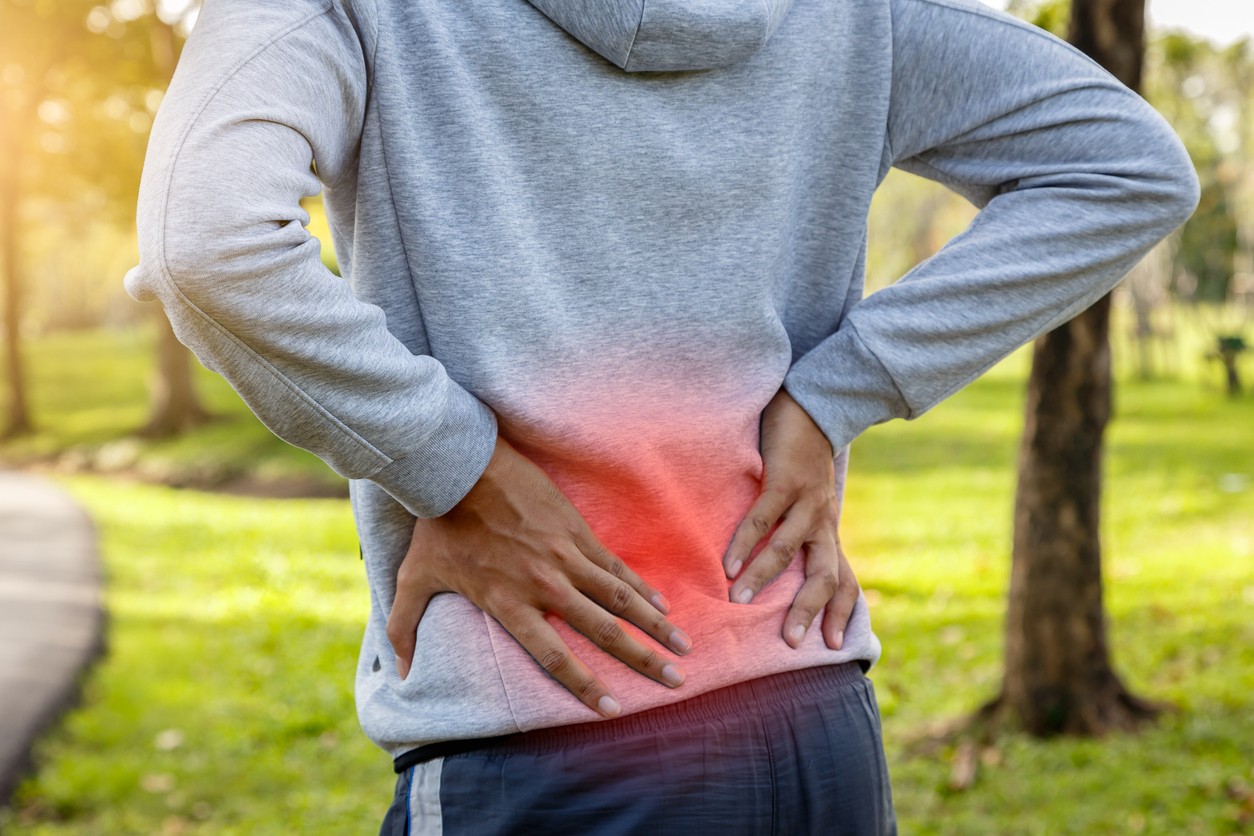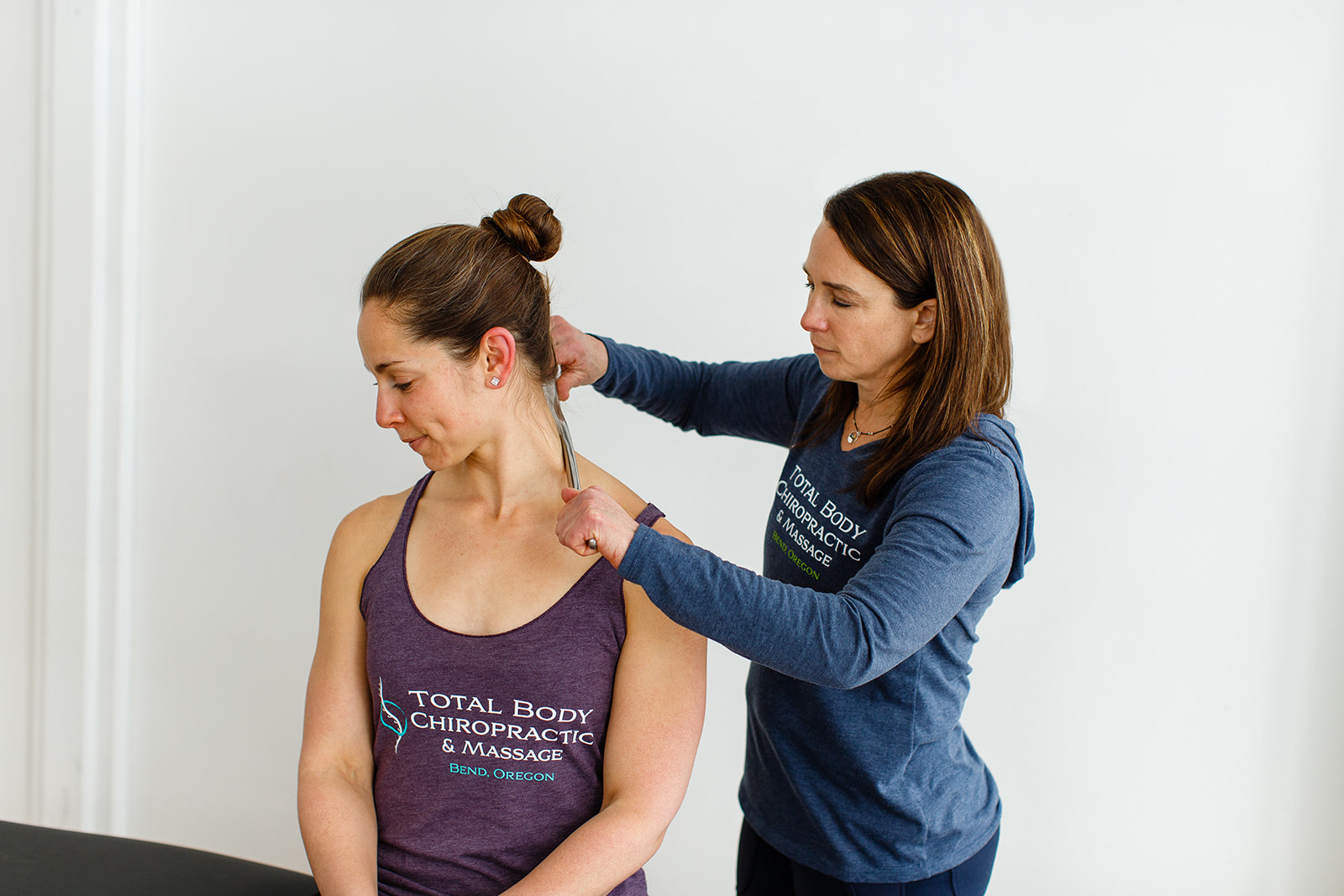Chiropractic Care for Sciatica: A Holistic Approach to Pain Relief
Sciatica is a common and painful condition that affects millions of people worldwide. While conventional treatments like pain medications and surgery are sometimes necessary, many individuals find relief through chiropractic care in Bend, Oregon. This holistic approach focuses on addressing the root causes of sciatica pain and promoting the body’s natural healing processes. In this comprehensive guide, we’ll explore what sciatica is, its symptoms and causes, and how chiropractic care can effectively treat this condition.
Understanding Sciatica: Symptoms and Causes

Sciatica refers to pain that radiates along the path of the sciatic nerve, the longest nerve that branches from your lower back through your hips and buttocks and down each leg. Typically, sciatica affects only one side of the body, though in rare cases, it can impact both sides. The sciatic nerve is the longest and widest nerve in the human body, playing a crucial role in connecting the spinal cord to the leg and foot muscles.
Common sciatica symptoms include:
- Lower back pain that extends to the hip, buttock, and leg.
- Shooting or searing sciatic nerve pain down one leg.
- Numbness or tingling in the affected leg or foot.
- Muscle weakness in the leg or foot.
- Difficulty standing up or walking.
- Pain that worsens with prolonged sitting or standing.
These symptoms can range from mild discomfort to severe, debilitating pain that significantly impacts daily activities and quality of life.
Sciatica is not a condition in itself but rather a symptom of an underlying problem.
Common causes include:
- Lower back pain that extends to the hip, buttock, and leg: This pain often feels like a constant, intense ache. It typically starts in the lower back and radiates down through the buttock and into the leg on one side of the body.
- Shooting or searing pain down one leg: This is often described as a sharp, electric shock-like sensation. It can occur suddenly with certain movements or positions.
- Numbness or tingling in the affected leg or foot: This can range from a mild pins-and-needles sensation to complete loss of feeling in parts of the leg or foot.
- Weakness in the leg or foot: This can manifest as difficulty moving the leg or foot, or a feeling of heaviness in the limb. In severe cases, it may cause foot drop, where lifting the front part of the foot becomes challenging.
- Difficulty standing up or walking: The pain and weakness can make it hard to stand from a sitting position or maintain a normal walking gait.
- Pain that worsens with prolonged sitting or standing: This is due to increased pressure on the sciatic nerve in these positions.
Regarding the causes, let’s expand on each:
- Herniated discs: The soft inner material of a spinal disc protrudes through the tougher outer layer, potentially compressing or irritating nearby nerves.
- Spinal stenosis: This involves the narrowing of the spinal canal, often due to age-related changes or conditions like arthritis.
- Degenerative disc disease: As we age, the spinal discs can wear down, losing height and elasticity, which can lead to nerve compression.
- Spondylolisthesis: This occurs when one vertebra slips forward over another, potentially pinching the sciatic nerve.
- Piriformis syndrome: The piriformis muscle in the buttocks can sometimes spasm and compress the sciatic nerve.
- Pregnancy: The growing uterus can put pressure on the sciatic nerve, especially in the third trimester.
- Trauma or injury: A fall, car accident, or sports injury can damage the spine or surrounding tissues, leading to sciatica.
- Tumors: In rare cases, tumors growing in or near the spine can compress the sciatic nerve.
Understanding the underlying cause of sciatica is crucial for effective treatment, which is where chiropractic care comes into play.
Chiropractic Approach to Treating Sciatica
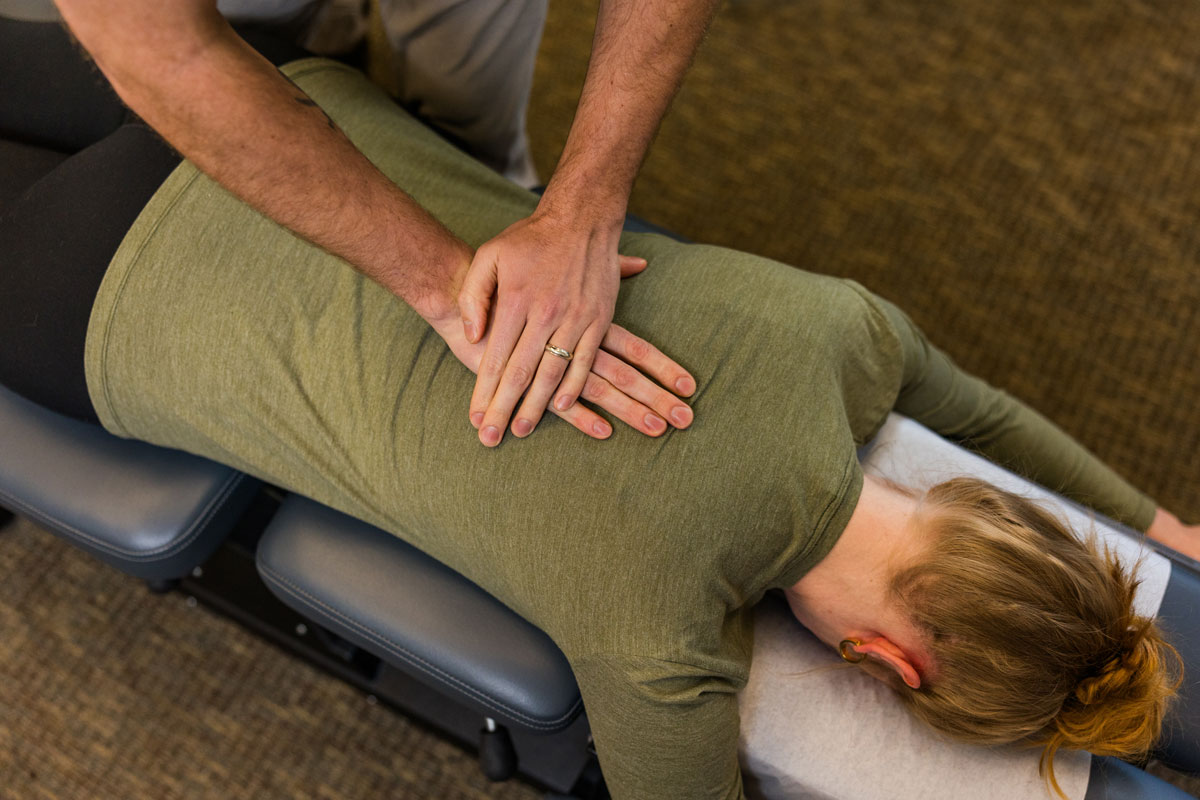
Chiropractic care offers a non-invasive, drug-free approach to treating sciatica. Your chiropractor in Bend focuses on diagnosing and treating neuromuscular disorders, with a particular emphasis on manual chiropractic adjustment and manipulation of the spine. The first step in treating sciatica is an accurate diagnosis, which your Bend chiropractor achieves through physical examination, patient history, and imaging studies when necessary.
Key chiropractic techniques for treating sciatica include:
- Spinal Adjustments: This manual therapy involves the chiropractor applying controlled, sudden force to a spinal joint. The goal is to improve spinal motion and the body’s physical function. For sciatica, spinal manipulation can help realign the lower spine, potentially relieving pressure on the sciatic nerve.
- Flexion-Distraction Technique: This gentle, non-thrusting technique uses a special table that distracts and flexes the lumbar spine in a rhythmic motion. This chiropractic manipulation is particularly effective for disc-related sciatica, as it can help increase disc height and reduce pressure on nerves.
- McKenzie Method: This approach involves a series of progressions of positions and exercises. The goal is to centralize the patient’s pain (move it toward the midline of the body) and then work on eliminating it. It also helps identify positions and activities that worsen or improve symptoms.
- Cold and Heat Therapy: Cold therapy reduces inflammation and numbs pain, while heat therapy relaxes muscles and increases blood flow. Alternating between the two can be particularly effective.
- Spinal Decompression Therapy: This non-surgical technique uses motorized traction to gently stretch the spine. During this treatment, patients lie on a specialized table while a computer-controlled device applies calculated forces to specific areas of the spine.
- Shockwave Therapy: This non-invasive treatment uses high-energy sound waves to stimulate healing in soft tissues. During treatment, a handheld device is used to deliver acoustic waves to the affected area. These waves create microtrauma in the tissue, which triggers the body’s natural healing response.
In addition to these techniques, chiropractors prescribe specific exercises tailored to each patient’s condition. These exercises aim to:
- Strengthen core muscles: A strong core provides better support for the spine, potentially reducing pressure on the sciatic nerve.
- Improve flexibility and range of motion: This can help reduce tension on the sciatic nerve and improve overall mobility.
- Enhance overall posture and body mechanics: Better posture and movement patterns can help prevent future episodes of sciatica.
Your chiropractor in Bend also provides valuable guidance on lifestyle modifications, including advice on proper posture, ergonomic adjustments, and nutritional support to reduce inflammation and promote overall health.
The Holistic Benefits of Chiropractic Care for Sciatica

What sets chiropractic care apart in treating sciatica is its holistic approach. Rather than simply addressing the symptoms, chiropractors aim to:
- Identifying and treating the root cause: Rather than just masking symptoms, chiropractors aim to address the underlying issue causing the sciatica.
- Restoring proper function to the spine and nervous system: This can lead to improvements beyond just the sciatic pain, potentially benefiting overall health.
- Empowering patients with knowledge and tools for self-care: Patients learn exercises, ergonomic adjustments, and lifestyle modifications to manage their condition and get back to everyday activities.
- Promoting overall health and well-being: The focus is not just on treating sciatica, but on improving the patient’s overall health and quality of life.
- This comprehensive strategy not only helps alleviate current symptoms but also works to prevent future occurrences of sciatica.
Choosing chiropractic care for sciatica offers several advantages:
- Non-invasive treatment: This avoids the risks associated with surgery, such as infection, adverse reactions to anesthesia, and prolonged recovery times.
- Drug-free approach: This reduces the risk of side effects and dependency associated with long-term pain medication use.
- Customized care: Treatment plans are tailored to each individual’s specific condition, symptoms, and lifestyle.
- Long-term relief: By addressing the underlying cause, chiropractic care aims to provide lasting relief, not just temporary symptom management.
- Improved overall health: The holistic approach often leads to improvements in general health and well-being, beyond just treating the sciatica.
Visit Total Body Chiropractic in Bend to Alleviate Your Sciatic Pain
Sciatica can be a painful and frustrating condition, but chiropractic care offers a safe, effective, and holistic approach to treatment. By addressing the root cause of sciatic pain and utilizing a variety of techniques, chiropractors can help patients find relief and regain their quality of life. If you’re struggling with sciatica, make an appointment with one of our Bend chiropractors to explore how this form of care might benefit you. Remember, early intervention often leads to better outcomes, so don’t hesitate to seek help if you’re experiencing symptoms of sciatica.




